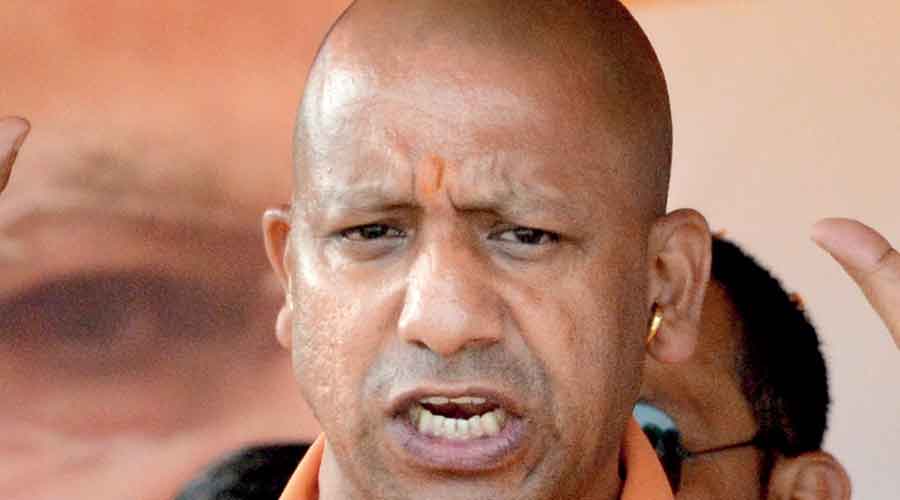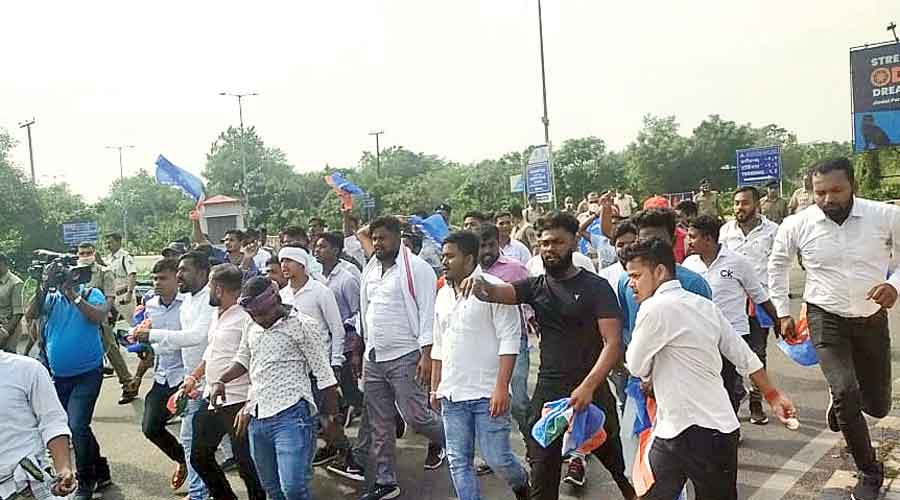The Supreme Court on Monday said it might appoint a retired judge from a “different (outside Uttar Pradesh) high court” to monitor the Lakhimpur Kheri probe, ensuring state police don’t use the lynching FIR against the farmers to protect those accused of mowing down farmers.
“Prima facie it appears that one particular accused (in the killing of farmers) is sought to be given benefit” by procuring evidence from witnesses in the lynching case, the bench of Chief Justice N.V. Ramana and Justices Surya Kant and Hima Kohli said.
It said that appointing a retired judge as monitor would inject “independence, impartiality and fairness” into the investigations, being carried out by the Uttar Pradesh police’s special investigation team (SIT).
“We are not confident of having your state judicial committee oversee it,” the court told senior advocate Harish Salve, who was appearing for the Uttar Pradesh government.
The bench said the probe was too tardy, asked why the SIT had failed to seize the mobile phones of all but one accused, and castigated the state for furnishing a shoddy probe status report.
“The pace of the probe is not up to expectations. It (investigation) is not going the way we expected,” the court said.
It suggested it would appoint Justice Ranjit Singh, a criminal law expert, or Justice Rakesh Kumar Jain — both retired Punjab and Haryana High Court judges — to monitor the probe.
It asked Salve to seek the state government’s response and fixed the next hearing for Friday.
The SIT is probing allegations that Ashis Mishra, son of Union minister Ajay Mishra Teni, had led a convoy in mowing down four farmers and a journalist on October 3. A driver and two BJP workers were then allegedly lynched by other farmers.
‘Mix-up’ fear
The court directed the prosecution to ensure that evidence in FIR No. 219 (relating to farmers being run over) and FIR no. 220 (lynching of BJP activists) is “recorded independently and there is no overlapping or inter-mixing in the two sets of evidence”.
“We are sorry to say that prima facie it appears that one particular accused is sought to be given benefit…. Now it is being said that there are two FIRs and the evidence collected in one FIR will be used in another. What will happen then? You can appreciate better than us what will be the fate of the case,” it said.
“Investigation is separate but on affidavit, you are saying that there (is) overlapping and (that) evidence of FIR No. 220 will be used in FIR No. 219. In 220, the entire evidence is meant and is being secured or procured to protect the particular suspect.”
Justice Kant said: “It appears to us that this SIT is unable to maintain an investigative distance between the two FIRs. To ensure that there is no mix-up of evidence in the case we are inclined to appoint a former judge of a different high court to monitor this probe.”
Justice Ramana too stressed the point, saying the apex court wanted the “filing of separate chargesheets” on the basis of the two FIRs. “We want to protect the evidence collected,” he said.
Probe lacunae
The bench underlined that apart from Ashis’s cell phone, the SIT had so far failed to seize the mobiles of the other accused. Fifteen people — including 12 of Ashis’s associates and two farmers — have been arrested in the case.
Salve claimed the mobiles of eight accused had been seized. He said that while the mobile phones of some of the accused had not been seized yet, the SIT had collected their call data records (CDRs) that were key evidence.
Justice Ramana observed: “There is nothing in the status report. We had granted 10 days. Where are the lab reports? You have not provided any details.”
Salve said the forensic lab reports would be available by November 15.
The bench declined to entertain a plea for a CBI probe from senior advocate Arun Bharadwaj, appearing for the wife of lynching victim Shyam Sundar Nishad. Justice Ramana said the CBI was not the solution to every problem.
Additional reporting by PTI












